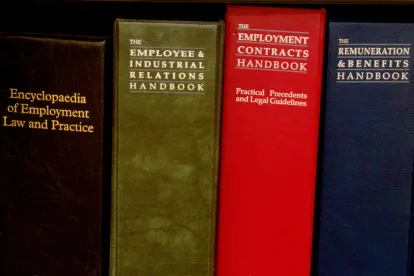When used lawfully, post-offer, pre-employment medical examinations can be a powerful tool. But a recent federal district court case demonstrates the importance of carefully implementing such programs. In EEOC v. M.G.H. Family Health Center, Cause No. 1:15-CV-952 (E.D. Mich. 1/27/2017 ), the employer hired an employee and asked her to participate in a medical examination. Although the medical provider did not have a job description, the results of the examination were normal. Nonetheless, based on information in the employee’s medical file, which among other things indicated she was taking pain medication, the physician placed her on a “medical hold” and recommended that she undergo a functional capacity assessment. The employer informed the employee of this for the first time after she had been working in the job without incident for two weeks. The employer then terminated her employment before allowing her to complete the FCE based solely on the medical hold.
In granting summary judgment for the EEOC, the district court noted at least three things that the employer did wrong: (1) it did not engage in an individualized assessment; (2) it did not follow the recommendation of the physician to have the employee complete a functional capacity evaluation; and (3) it terminated the employee’s employment after the employee had been performing the job for two weeks without incident and even though her own physician had submitted information indicating she was able to perform the job.
For employers who wish to use post-offer, pre-employment examinations, a few compliance-related points from EEOC Guidance and resources on this topic are of significance. First, as a best practice ensure job offers are communicated as conditional in nature if a post-offer, pre-hire examination will be used, and the employee should not start working until the process is complete. Second, medical providers conducting any such examination should be providing the employer information regarding restrictions, if any, which will then form the basis for an interactive dialogue to explore reasonable accommodations. As a best practice, the medical provider should not be giving a thumbs up or thumbs down on applicants – employers should be making those decisions after an interactive process.




 />i
/>i

